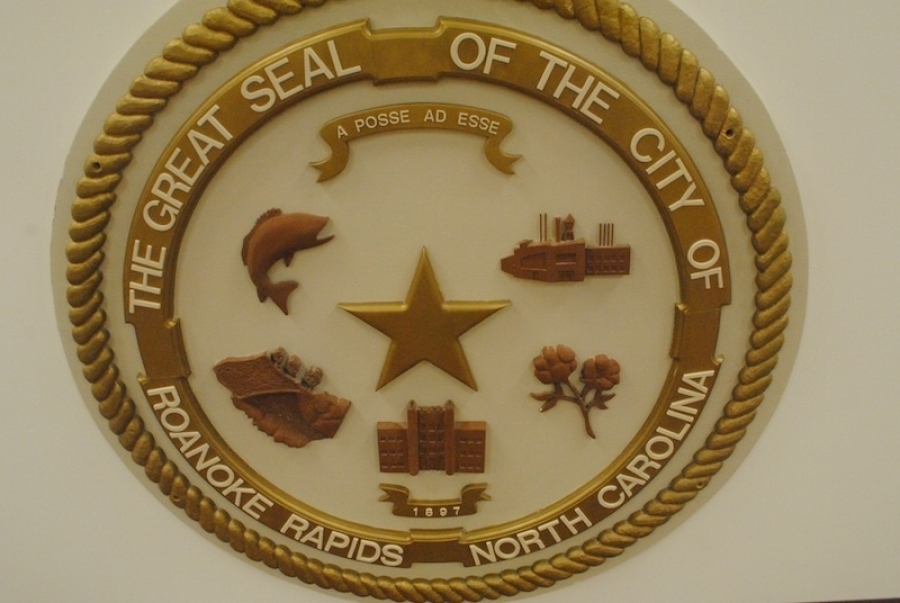Whether the lines to the city’s three council districts will have to be redrawn still remains uncertain, Interim City Manager Kelly Traynham told the panel at its work session Tuesday.
The city will be contacting the county board of elections office and the tax department to review the 2020 census data, which preliminary figures show a decrease in the city’s population since the previous count 10 years ago.
Traynham also requested that each member of council appoint one person from their district to review the data.
In Roanoke Rapids, council members, with the exception of the mayor, are elected by district.
Suetta Scarbrough and Rex Stainback represent District 1. Wayne Smith and Sandra Bryant represent District 2. District 3 — represented by Carl Ferebee — is a one-person district. The mayor is elected at-large.
The 2020 census shows the population of Roanoke Rapids to be 15,229, down 525 people from the 2010 census — 15,754.
In the 2000 census the city’s population was 16,957 — 1,203 people more than what the 2010 census showed, information contained in a memo from Traynham to city council shows.
“The city of Roanoke Rapids is required to study its total population relative to the population within the city’s three electoral districts,” the memo said. “If the results of this study indicate a percent change that exceeds an established threshold — substantial inequality — then the district boundaries must be modified to establish equality.”
The current threshold based on North Carolina-specific case law is plus or minus 5 percent. “If a district representation by population has changed more than 5 percent, then substantial inequality is determined to exist and redistricting will be required to maintain equal representation of every district by accounting for population shifts during the previous decade,” the memo said.
Roanoke Rapids has had voting districts since 1991. Prior to that members of city council were elected in at-large voting.
The at-large system was challenged in federal court and the case ended with a consent decree entered on December 17, 1991 in which the three-district system was enacted.
Under the decree, District 3 was designated to be the voting district in which the Black population would have a statistically fair opportunity to elect a candidate of their choice to the city council. “Amendment of the voting district boundaries shall take this into consideration if redistricting is necessary,” the memo said.
On Monday Halifax County Attorney Glynn Rollins told commissioners that redrawing of district lines will be required.
He said it appears there was a substantial increase in District 3 around the Roanoke Rapids area, very little change in District 2 and what he described as quite a decrease in District 1.
Because there’s a change in District 1 and District 3, the county will need to equalize all three districts.
He said, however, any changes in commissioner districts won’t be done until the 2024 election.
In Halifax County, three commissioners are elected by district and three are at large. Carolyn Johnson represents District 1, John Smith District 2 and Linda Brewer District 3. Vernon Bryant, Rives Manning and Patrick Qualls serve at-large.








